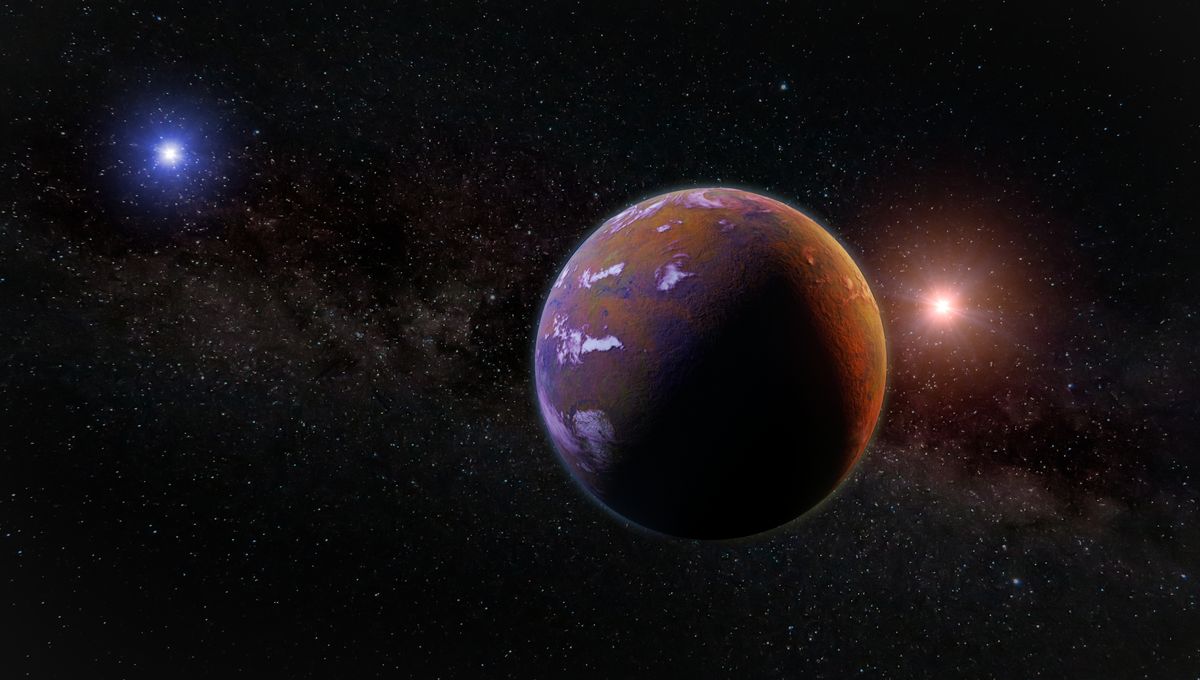
In the last few weeks, papers have been published and uploaded on the ArXiv claiming that they hold the smoking gun for the end of the gravitational laws as we know it. A big claim for sure, but one that the researchers feel confident to have. So why could Einstein and Newton be wrong after all? The question and part of the answer have to do with dark matter.
Dark matter is a hypothetical substance that only interacts with gravity and not light. For that reason, it is invisible (hence the dark moniker) but can exert a gravitational pull. The reason for its existence is that galaxies rotate in a very peculiar way that can be easily explained if there is a lot of invisible stuff around them. Dark matter would outweigh regular matter – that makes up stars, planets, and capybaras – five to one.
The main alternative to the presence of dark matter instead suggests that our laws of gravity are the ones that need modification. For very low acceleration, like those experienced by stars at the edge of a galaxy, the acceleration no longer follows the Newtonian rules. This is the Modified Newtonian Dynamics, or MOND.
So is there an invisible mass, or do we need to change how gravity works? There is a great analogy for this when it comes to the history of the solar system. The existence of Neptune was predicted due to the gravitational effect it had on the orbit of Uranus. Invisible mass indeed, at least for a time. But the peculiarity of the orbit of Mercury was explained for a while with the non-existent planet Vulcan, and was solved when Newtonian dynamics made way for Einstein’s theory of General Relativity.
This is not to say that both dark matter and MOND might be true, but we do have experience in both approaches. Dark matter remains by far the favorite theory because, together with the other unproven substance dark energy, it has great predictive power, being able to explain features of the universe and observations that MOND has not been able to do.
One example is the Bullet Cluster. This collision between two galaxy clusters has been observed in detail, showing where the interaction is taking place and where the mass is distributed. This is consistent with the existence of some invisible form of matter. Another challenge, for example, is the Baryonic acoustic oscillations, the vibration in regular matter at the very beginning of the universe. Dark matter and dark energy can explain what is measured.
The recent papers did not focus on galaxies or the universe itself, they tested the Newtonian acceleration in pairs of wide binary stars. This is actually an excellent test for it. The acceleration between the two stars is very small because they are very far apart, like stars at the edge towards the center of their galaxies. But the binary systems are too small to be affected by dark matter, so if Newton and Einstein are right, there should be no anomalous acceleration – at least in an idealized version of this experiment.
This is where things get complicated. A recent paper found an anomalous acceleration, an upcoming one also agrees with it, but a paper from a few months ago instead found that Netwonian expectations are right. They all used data from the European Space Agency’s Gaia observatory.
It is not easy to pick one paper and say they are definitely right, because the test and the observations are far from ideal conditions. Uncertainties on the mass of the stars in question, the orientation and eccentricity of the orbits, and the possibility of an unseen third companion are just a few things that might skew why this test is complicated and might give different results.
The paper has certainly piqued people’s interest, but it is not a death knell for our current theory of gravity. Certainly, further studies are necessary as well as more precise observations from Gaia to test the wide binaries approach even further.
Source Link: Reports Of Einstein And Newton’s Gravity Theories' Deaths Have Been Greatly Exaggerated